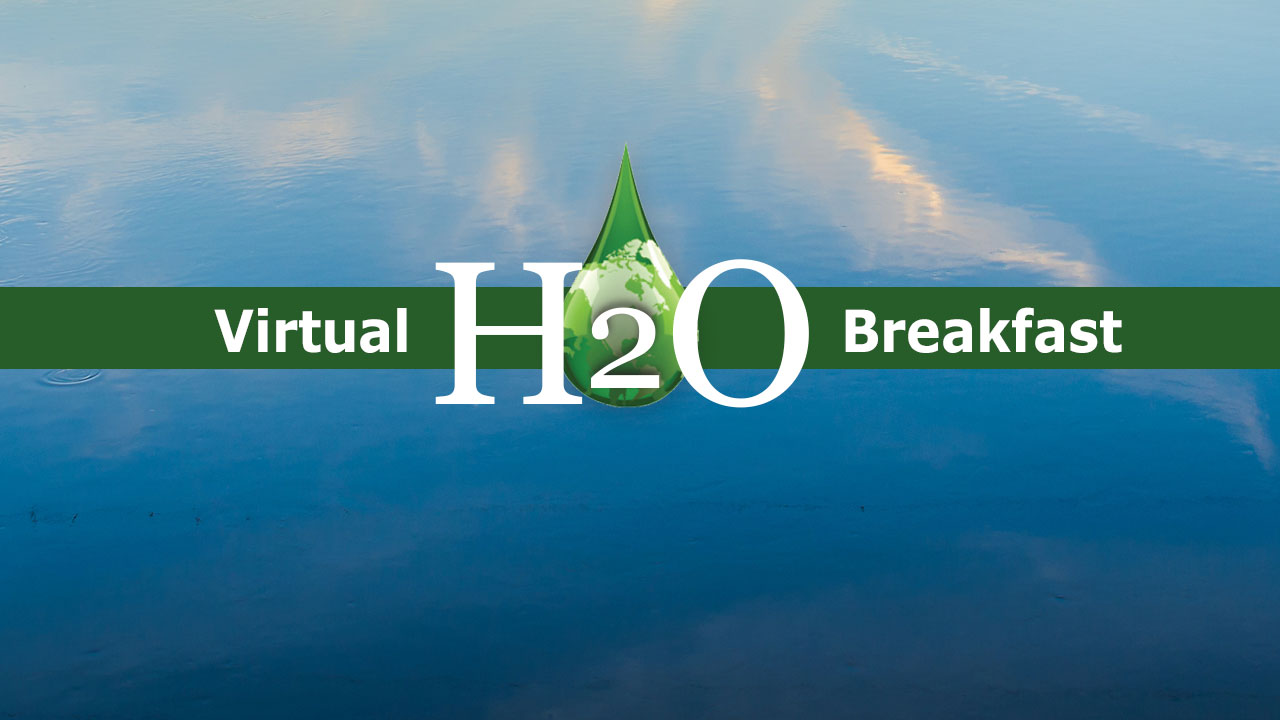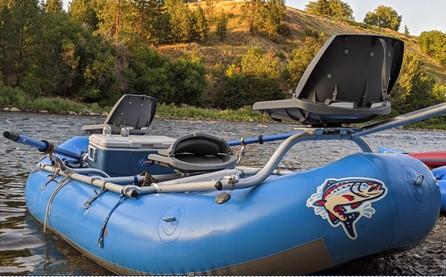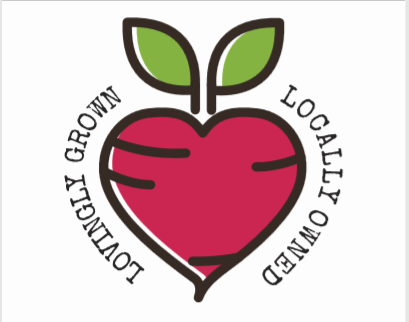Help the Spokane River and Aquifer with Outdoor Water Conservation
The Spokane River is now flowing below 1,000 cubic feet per second (cfs). To protect fish, wildlife, and local plants that depend on both the river and aquifer, the public…

The Spokane River is now flowing below 1,000 cubic feet per second (cfs). To protect fish, wildlife, and local plants that depend on both the river and aquifer, the public…

Many celebrations are scheduled for the 50th anniversary of Spokane hosting Expo 1974. And rightly so. It was the first environmentally themed Expo, bringing international attention to sustainability and the…

Attended by over 130 participants, the March 31st Spokane River Forum 2021 Virtual H20 Breakfast was packed with information and dialog. Click here to view on YouTube. Diane Taniguchi-Dennis, CEO…

The Forum is really excited that our Get Up, Get Out Spokane Riverkeeper partner has a Redband Raft to help with cleanup and education. Funding came from the Spokane Indians…

A new way to buy locally grown farm products is taking root in Spokane. Go to the South Spokane Farm Corridor web site to map out a short drive to farm stands selling products in the open air. Each…

Spokane County landowners are eligible to receive a free Firewise Risk Assessment. A Spokane Conservation District forester will visit your home and leave you with a list of practical ways to reduce your wildfire…
Let’s be honest, there’s a lot of anxiety going on, and it’s not just emanating from the halls of Washington D.C. In the Evergreen state, 2016 saw a “process” to…
Since the middle of July blue green algae (cyanobacteria) blooms have been identified at various locations in the upper half of Lake Spokane. The blooms vary from day to day depending on wind and weather but are becoming denser. Galen Buterbaugh, Technical Advisor to the Lake Spokane Association, reports the blooms are worse in the morning when the wind is still. Samples collected on Monday, July 27th at Suncrest Park, indicated that the bloom did contain toxins. Warning signs have been posted at the Suncrest Park swimming beach.
State fishery managers have closed or restricted fishing on more than 30 rivers throughout Washington. Drought conditions resulting in reduced flows and increased water temperatures is the culprit. The Spokane River is no exception.
The Washington Department of Ecology has adopted an “instream flow rule” for the main stem of the Spokane River in Spokane County and a small portion of Stevens County. Ecology…